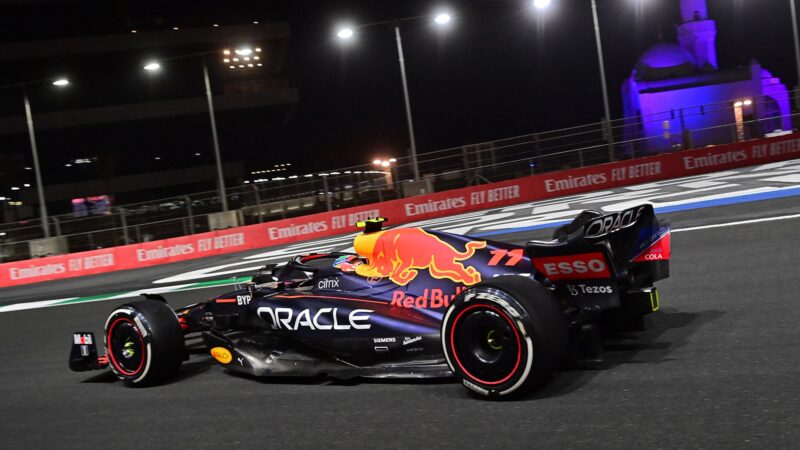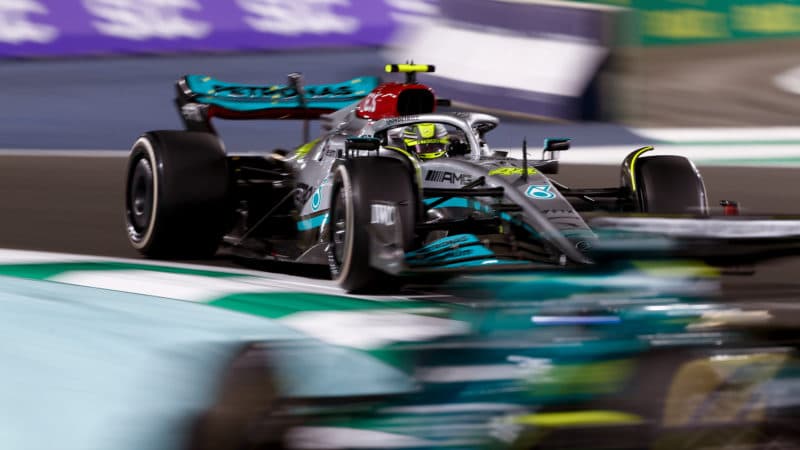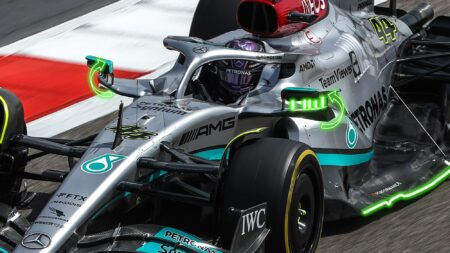Why didn’t Mercedes have a smaller wing? Because its pre-season simulation didn’t account for the porpoising. So the wings in manufacture were suitable for a car which could run without porpoising. New ones couldn’t be manufactured in time. The team would have liked to have the wing which was readied just in time for Jeddah available at Bahrain a week earlier. It would have liked to have had an even lower downforce one for Jeddah. But even if the smaller wings had been available, they would be sticking plasters for the underlying problem, only necessary because the floor is not working.
Ferrari has the porpoising but only at very high speeds despite running a lot of wing. Red Bull no longer seems to have the problem and is very quick despite running way less wing than either Ferrari or Mercedes. This could mean the Red Bull is running only at a fraction of its potential and that it has an underlying porpoising issue that, when fixed, is going to unleash big lap time gains as bigger wings become feasible. OR, it may be that it’s already in its sweet spot and it runs smaller wings simply because it has a better underfloor performance than everyone else and that its optimum lift/drag ratio is achieved without needing much wing.
The prospect of a potentially much faster Red Bull is surely a scary prospect for Mercedes. But we don’t know just how much performance could be unlocked from the W13. Those aerodynamicists who have been through this before say the solution will be found in a variety of details such as how close the throat area of the venturi is to the centre of the car, how aggressive the inlet is, how close the bodywork is to the ground – and suspension and damping. But even once Mercedes has found that ideal combination, there is no way of knowing yet whether it will be enough.

Red Bull may only be running at a fraction of its potential
Getty Images
In qualifying pace the car has averaged around 0.5sec off the pace, in races more like 0.7sec. A lower downforce wing may have found around 0.1sec of that, a power unit as potent as Ferrari’s maybe another 0.1-0.2sec.
As it is, it’s still comfortably clear of the best of the midfield cars – from Haas, Alfa and Alpine. That’s because it is still delivering more downforce than those cars even when running in its compromised form. But extracting all its potential is not going to be a quick job. For its title prospects Mercedes really needs Ferrari and Red Bull to continue taking points off each other until it gets a proper handle on this.




